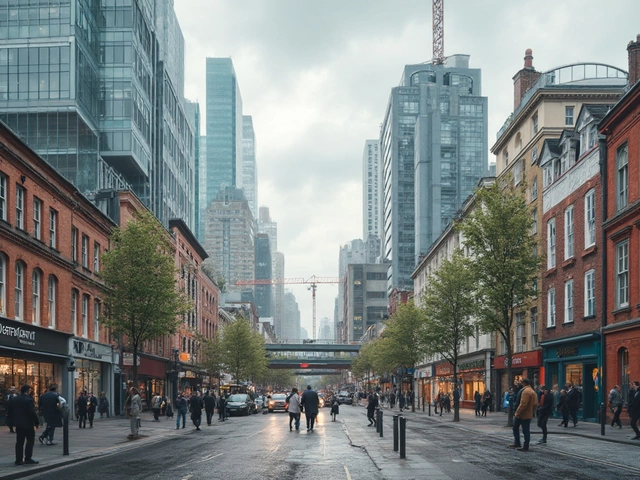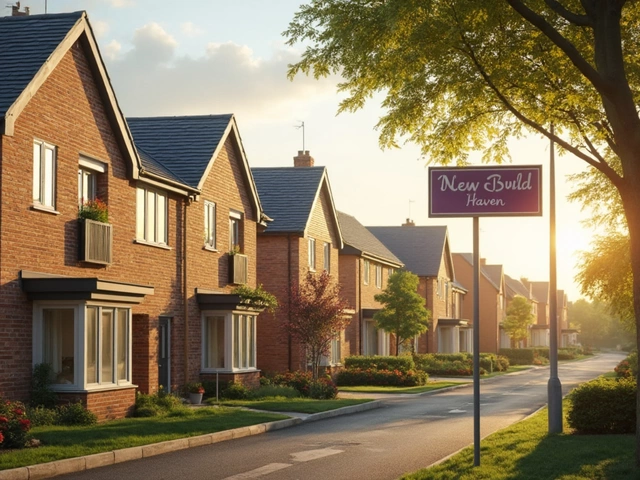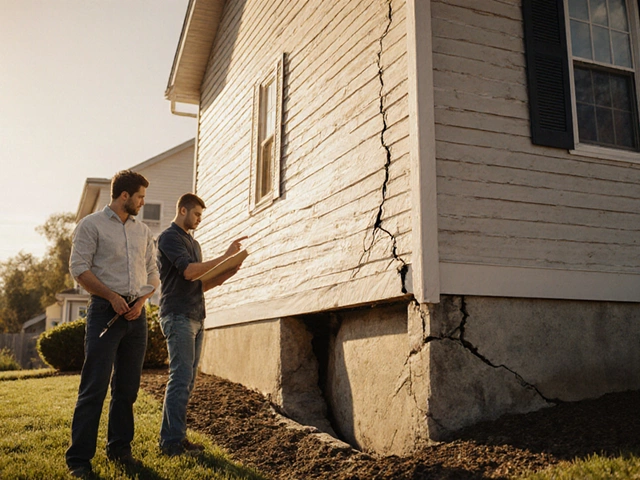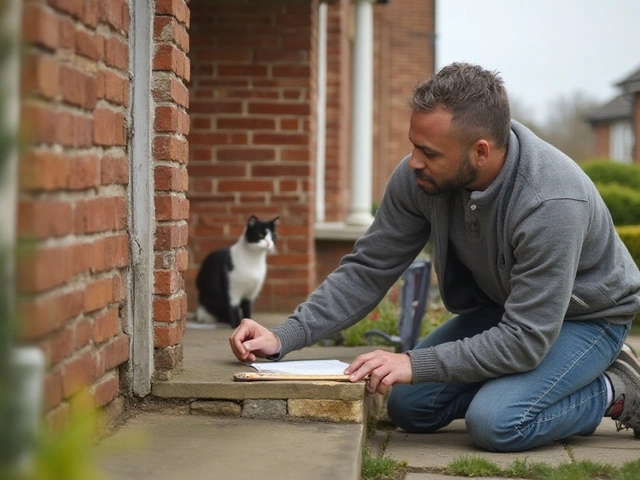Building Longevity: How to Keep Structures Strong Over Time
When planning a structure, building longevity, the ability of a building to retain its structural integrity and performance for many years. Also known as structural durability, it matters whether you’re a homeowner, contractor, or developer. Understanding what drives longevity helps you avoid costly repairs and unexpected failures down the line.
Key Factors That Shape Building Longevity
One of the biggest contributors is durable building materials, materials that resist wear, weather, and load over time. Think stone, reinforced concrete, brick, and engineered steel. These materials form the backbone of a structure, so choosing the right ones directly building longevity. For example, a limestone wall from a local quarry offers natural moisture resistance that prolongs wall life, while high‑density concrete reduces cracking under thermal stress.
Even the strongest material can’t compensate for a weak base. That’s where foundation repair, the process of fixing settlement, cracks, or moisture issues in a building’s footing comes in. Proper underpinning, helical piers, or slab stabilization ensures the load transfers safely to the ground. When foundations are solid, the rest of the building benefits, creating a clear link: building longevity requires proper foundation repair.
Moisture is a silent enemy, especially in new builds. mold prevention, strategies that keep indoor humidity low and block water intrusion protects walls, insulation, and finishes from decay. Techniques such as vapor barriers, proper drainage, and post‑construction moisture testing keep mold at bay, which in turn safeguards the structure’s health. In short, mold prevention influences building longevity by stopping deterioration before it starts.
Construction methods tie everything together. Steel‑frame, timber‑stud, or concrete‑block systems each have unique strengths, and selecting the right method for the site conditions maximizes durability. Combining the right method with high‑quality materials, a sound foundation, and moisture control creates a synergy that extends a building’s useful life. Below you’ll find articles that break down each of these elements—material choices, foundation strategies, mold‑free design, and method selection—so you can apply the right mix to your next project and keep it standing strong for years to come.
What’s the Expected Lifespan of a New Building?
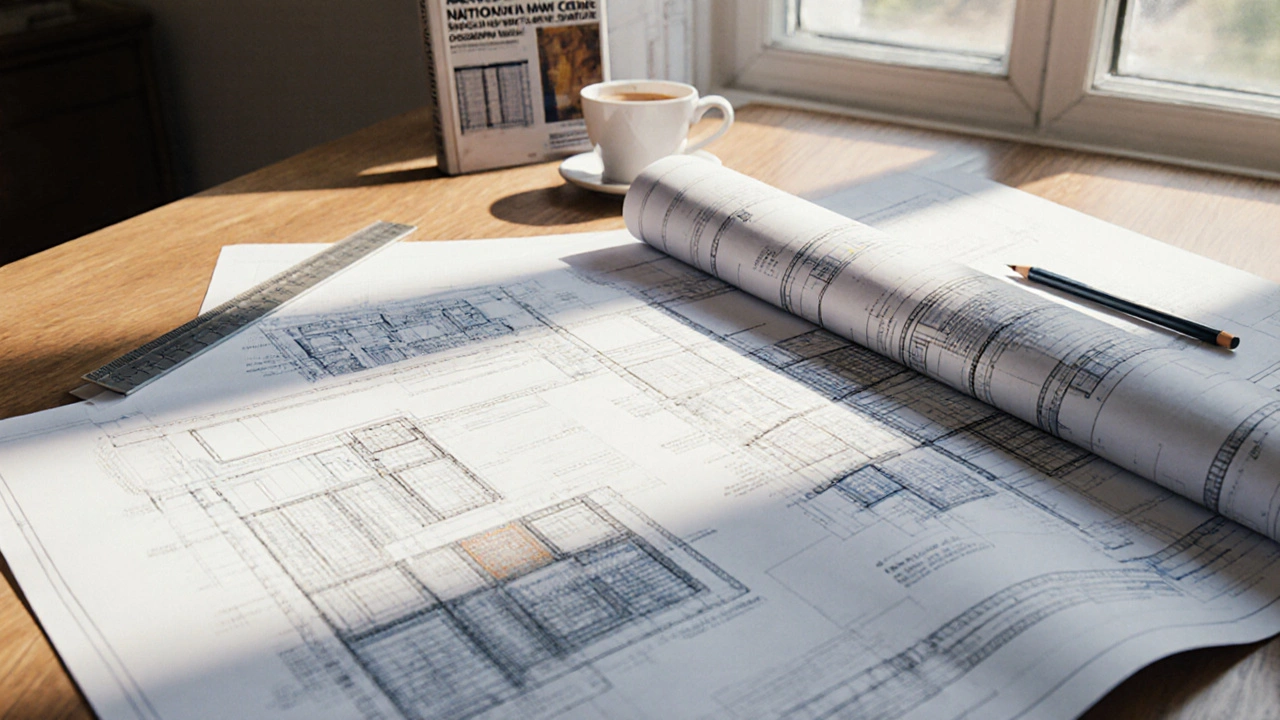
Discover how long a new building should last, the factors that influence its lifespan, and practical maintenance tips to extend its service life.
read more